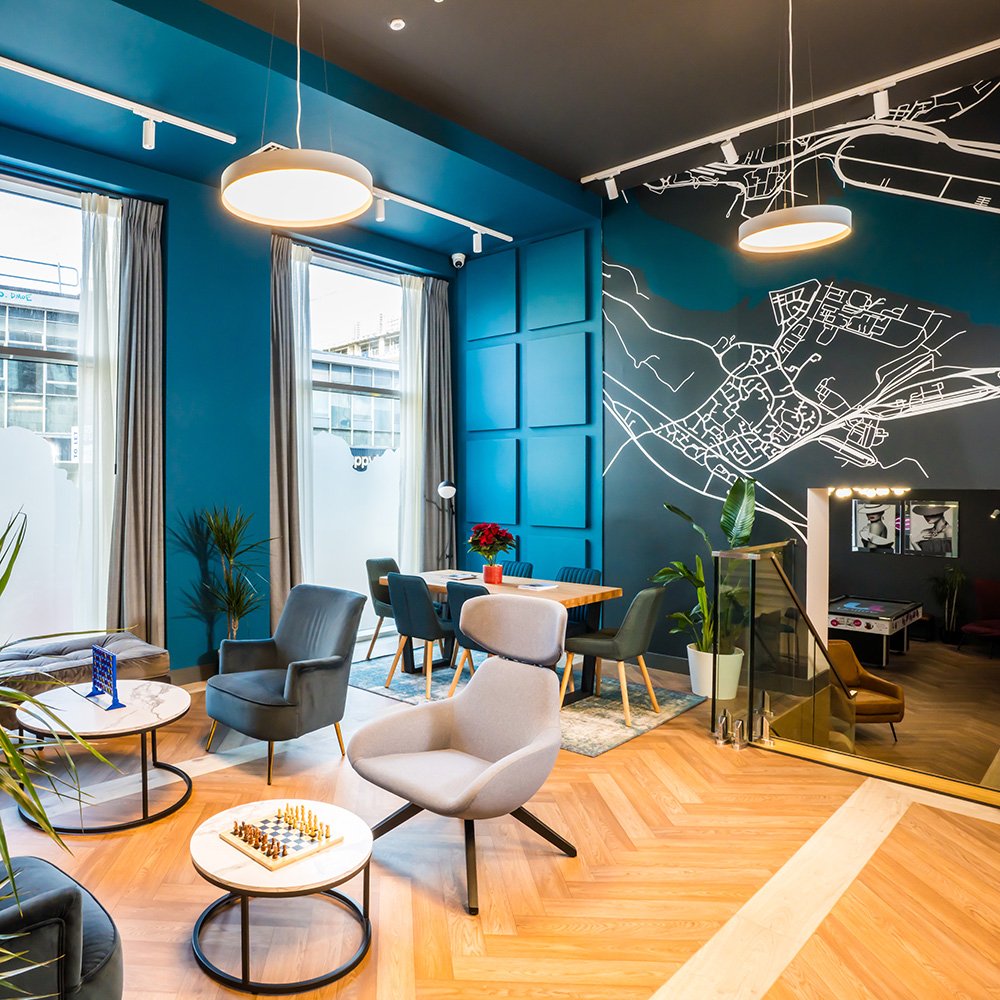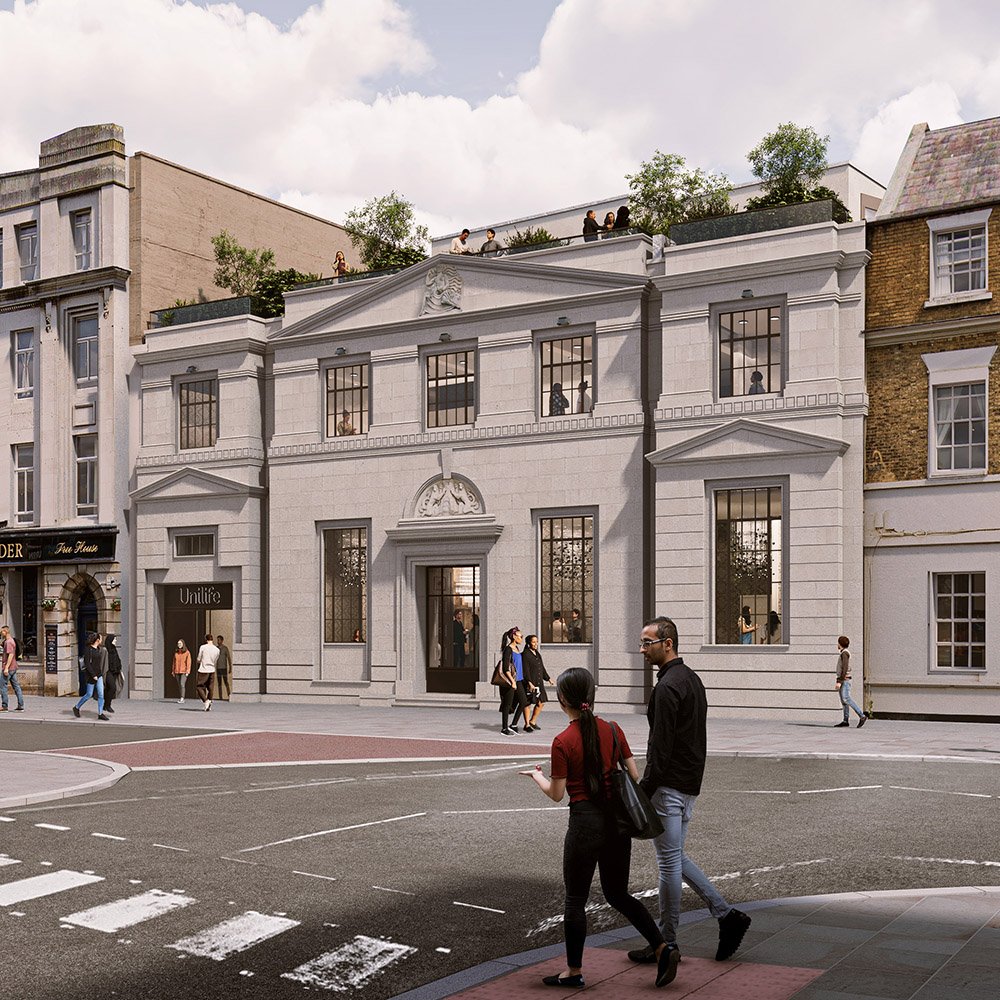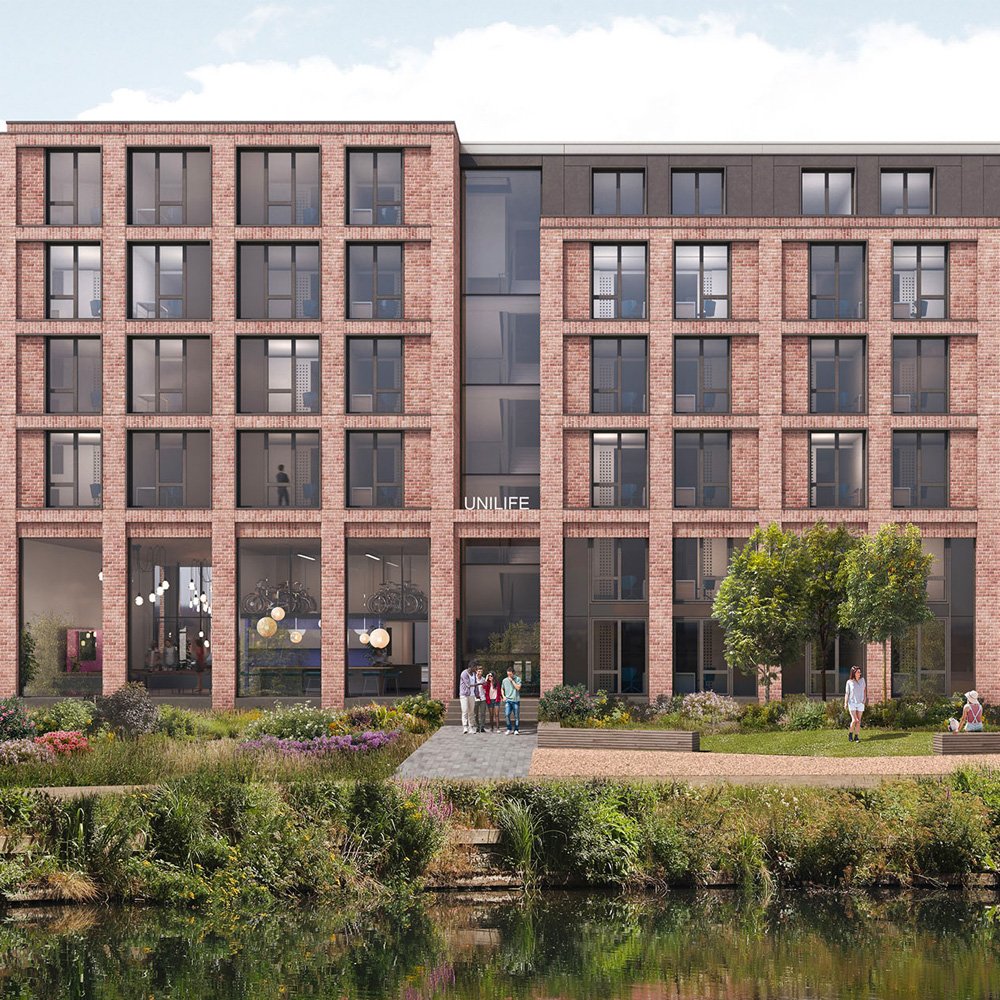Student Accommodation
High Street, Southampton
High street, Southampton
Design in details
95 luxury self-contained student studio apartments, with communal socialising and amenity areas over 5 storeys.
Unilife is a developer and operator of luxury student accommodation. As the development site was in a busy city centre location, the client had a requirement that the project be completed quickly and with the minimum amount of disruption to the surrounding area. Stelling Properties worked with Unilife to engineer the best solution and used modular construction principles to deliver the project. The project consists of 95 luxury self-contained student studio apartments, with communal socialising and amenity areas over 5 storeys
Recently completed, the 100-bed PBSA student accommodation is located in the centre of Southampton. OWAL, who is the architect has designed with affordable style and service in mind to provide something more interesting than the usual student accommodation offer.
The rooms are laid out in immaculate detail and guests will also benefit from generous communal areas on the ground floor. This part of Southampton is being transformed through major mixed-use development and this project will add to that.











